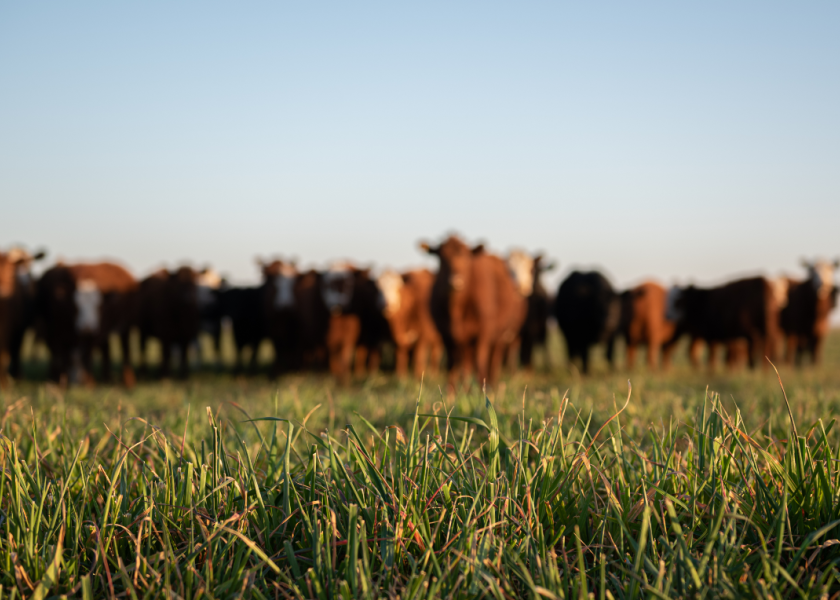US Beef Industry is the Most Sustainable

A research paper released today confirmed U.S. beef production is the most sustainable production system in the world, a fact long understood by America’s cattle producers, who between the 1960s and 2018, reduced the carbon footprint of the industry by 40 percent while producing 66 percent more beef.
“We already know a growing global population will require and demand high-quality food, which means we need ruminant animals, like beef cattle, to help make more protein with fewer resources,” said NCBA president and Kansas cattleman, Jerry Bohn. “Cattle generate more protein for the human food supply than would exist without them because their unique digestive system allows them to convert human-inedible plants, like grass, into high-quality protein.”
Although the study’s abstract disingenuously advocates for decreased beef consumption, the paper itself repeatedly points out that the advantages of the U.S. cattle and beef production model far outweigh the impacts. The U.S. has been a global leader with the lowest emissions intensity in the world for the past 25 years, producing just 2 percent of U.S. greenhouse gas emissions, or 0.5 percent of global GHG emissions.
The study examined livestock lifecycle assessments (LCAs) from across the globe to reach its conclusions and pointed out that there is significant room for improvement of global livestock production practices. While it laid out many opportunities for improvement, it also recognized the work already done by the U.S. cattle industry to become the leader in sustainable beef production. Thanks to early adoption of innovative grazing practices combined with advances in cattle breeding and nutrition, U.S. producers have already employed many of the suggested practices that the study suggests employing around the world.
While the content of the study repeatedly confirms the U.S. as the leader in sustainable beef and cattle production, NCBA was disappointed to see a statement in the abstract that advocated for a reduction in beef consumption. This statement is not only unfounded but is inappropriate to include in a summary of work that consistently validates American conservation and management practices. Cattle production protects open space, guards against catastrophic wildfire, and protects wildlife habitat across the country. Those benefits, and the practices that underpin them in the United States, further confirm the country’s role as a global leader.
“Beef and cattle production is a critical part of our country’s identity as a global leader in sustainable beef production, but also in our long-held principle that economic, environmental, and community-based sustainability will result in widespread benefits,” said Bohn. “U.S. farmers and ranchers are the best in the world when it comes to producing safe, wholesome and sustainable high-quality beef for American families, and doing it with the smallest possible footprint and we’re committed to continuing on that path of improvement.”







